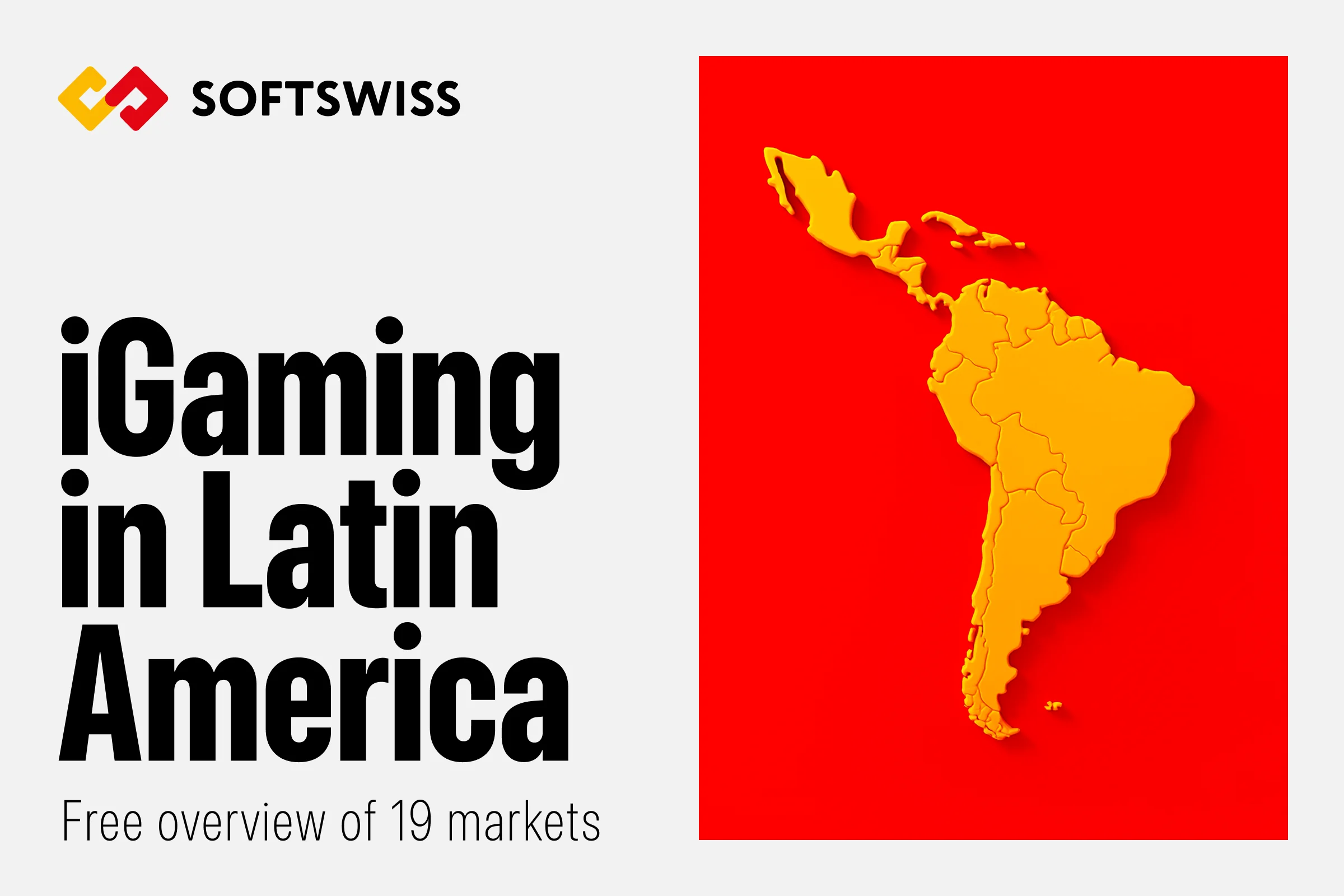GBC Time talked to co-founders of the TraffBraza media buying team Vira Soboleva and Oleksandr Palyanychka about working at the times of the war, new-old traffic sources, and the impossibility of “tricks” in media buying.
Everyone in the industry knows your team now, but you started from scratch. Tell us how you got started and how you managed to become one of the best media-buying teams in our region.
Yes, we really started from scratch. The team appeared in 2019, thanks to the efforts of four people. Sasha, two media buyers, and an integrator were the original crew. The guys had only $10 000 as starting capital, which now when top media buyers sometimes make up to $10 000 a day, seems like a laughable amount.
In three years, we have grown by x30. Now, we have 130+ people on the team and 16 departments. Instead of approaching media buying superficially, we treat it like a full-fledged business, and this has helped us achieve such results. We relied on the building of our own infrastructure and its subsequent development.
Infrastructure is a tool, through which you can work and get results. A successful media-buying company needs a lot of tools and consumables. The results become more tangible when a company provides itself with these components.
We understood this at the very beginning, so now we have our own development department, integration department, pharmaceutical department, creative staff, etc. Moreover, you need to create your own org scheme for each department so that a member of any other division would understand who to contact for information or to solve problems. We try to devote maximum time to the processes – this is very important, given that to achieve superb results, you have to competently coordinate the actions of numerous people across different departments.
Tell us about your team. How many people do you have now, in what positions, with what experience did they come to you, and how did they develop?
As we said earlier, we have more than 130 people on the team now. We focus on specialists of the Middle level and above, but in general, we have a hierarchy that is understandable to everyone:
- Junior specialists – up to 15% of the team;
- Middle specialists;
- Senior specialists;
- Team leaders;
- Head of Department.
We launched our own Google UAC school recently, where guys with no experience in media buying can get into. We made training free of charge since its main goal is to nurture specialists for our team.
The training lasts for a month and is based on the algorithms that we use ourselves. That is, the guys immediately receive practical, useful knowledge. Before the start of the training, we conduct a selection – we gather a group of 20 people, gradually filtering out the weaker guys. As a result, 5 people reach the end and get a two-month internship with us.
This format seems optimal to us if we talk about cooperation with Junior-level specialists.
How has the full-scale war in Ukraine affected your work?
Despite the really difficult situation in the country, our processes have only stabilized and strengthened. In the first weeks, we had to pause the work – it was not clear how to move on.
Once we returned to a more or less familiar rhythm of working life, we realized that we needed to be proactive. Our guys themselves took up the automation process to make the remote work format more comfortable and efficient.
During the war, we opened a new office in Warsaw, while the Kyiv office was fully transferred to remote work until the summer due to the unstable situation in Ukraine. For the guys who are ready to move, we help with relocation – close legal issues and help financially if necessary.
For those who stay in Ukraine, we strive to create as comfortable conditions as the situation with the energy crisis allows. There are generators in the Kyiv office now and Starlink is working – therefore, there is already a basis so that the work does not stop.
We can confidently say that the war made us stronger and more inventive. We are approaching workflows in a new way now, and this brings a positive result.
What sources are you “driving” (traffic) from? Have your preferences changed over the past year? What source can you call poorly mastered but promising these days?
We are actively working with Google now, our Google UAC department is the best on the market, which, by the way, allowed us to launch our own school in this area without a twinge of conscience.
The preferences did change – we have moved away from working with the two most popular traffic sources. We no longer work with Facebook and TikTok due to the instability of these sources. What worked there yesterday and brought profit can be banned today.
During this year, we have mastered two complex areas – ASO and ASA, and also set up work with SMS. By the way, SMS is the most underrated source in the market. While everyone believes that this direction is dying, it actually lives well and even flourishes. We certainly see the future in it.
Do you make Facebook accounts yourself or buy them on the stock exchange?
As we said above, the team has moved away from working with FB. We are focusing on Google right now. Google accounts are created by our guys, but we can also buy from trusted sellers. We rarely buy accounts and use them mainly for tests.
Which geos do you drive traffic to? What are the special approaches to each of them? Have you tried stepping into developing geos: Africa, LATAM? What are the results?
In general, we work with the whole world. Unfortunately, we cannot be specific. The team has its own privacy system. Revealing certain information is counterproductive. Disclosing your GEOs and specific methods of working with them is just such information.
Are you sending traffic to apps? Do you make applications yourself? What are the volumes?
We make apps and drive traffic to applications. Our team is versatile in this and more. The volume is good. We focus on creating long-lived applications since Google trusts complex products only.
We have two independent departments for developing mobile apps for Android and one department for iOS development in our company. We made this decision to diversify the experience and expertise of the departments. The company creates about 200 applications every month, factoring in the apps for ASO and purchased traffic.
We know that affiliates do not like to talk about income. But can you tell us about some cases in percentage terms for example? It was x, you did “the trick”, and got x + 1000%?
This equation sounds like a fairy tale. In fact, there are weeks and even months of work of entire departments behind the final result. Nothing happens by coincidence or with the snap of a finger. Therefore, sometimes cases are interesting thing to analyze but very unreliable to repeat.
We do not strive to tear off a big piece for a moment, we strive to get a good result consistently. In our team, for example, the average ROI is at 160% this month. This is an excellent metric for Google. Especially if you consider the volume, with which we send traffic, keeping 160% is an elite-level staff. And all this is due to strong and well-coordinated teamwork and not to some specific cases.












